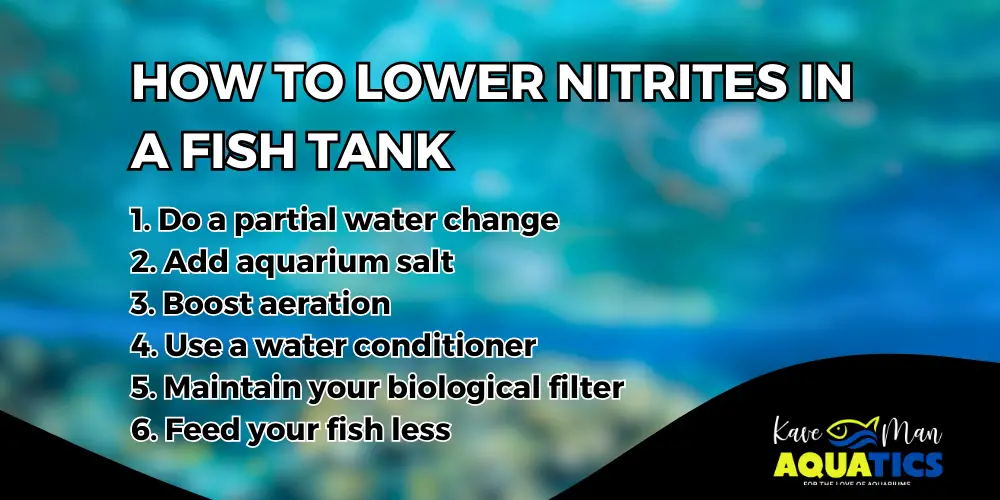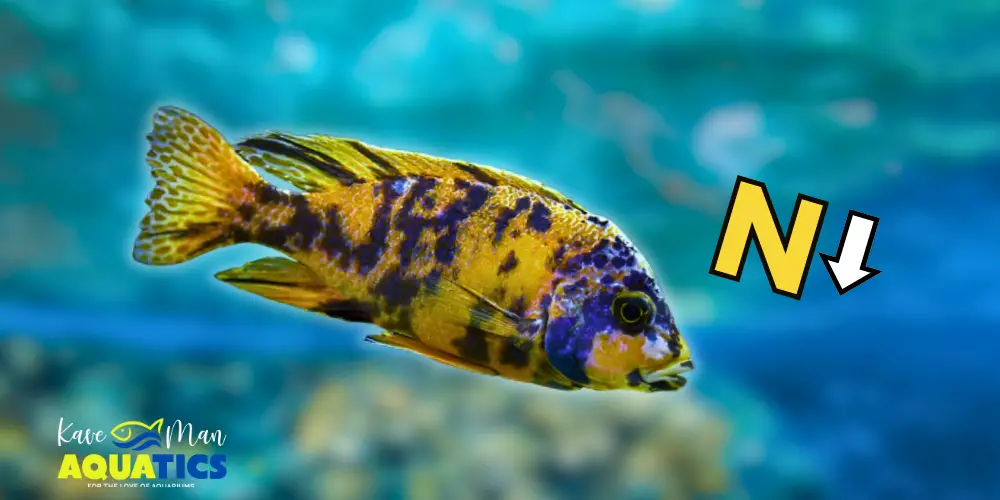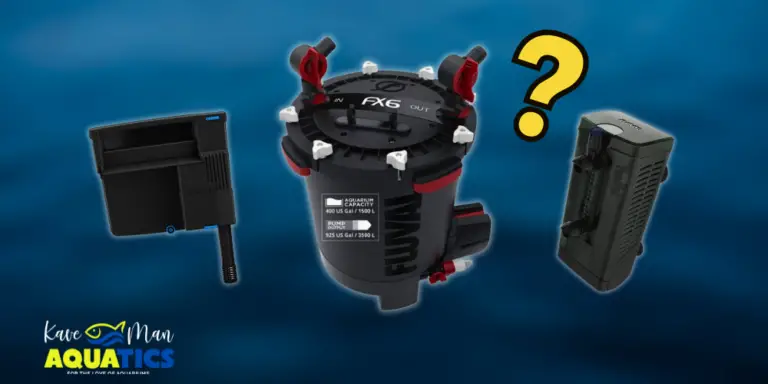How to Lower Nitrites in a Fish Tank: 6 Tips for a Safe Environment
Do you want to know how to lower nitrites in a fish tank? Welcome! Keeping nitrites under control is one of the biggest challenges for any fish keeper. High nitrite levels can quickly turn your tank into a toxic environment, stressing out your fish and even leading to serious health issues.
But don’t worry — lowering nitrites isn’t as hard as it sounds! Let’s walk you through a few simple, practical tips.
What Are Nitrites?
Nitrites are a byproduct of the nitrogen cycle in your aquarium. When fish produce waste or leftover food breaks down, it creates ammonia, which is toxic. Beneficial bacteria in your tank convert that ammonia into nitrites — but here’s the catch… nitrites are still harmful to fish. High levels can cause stress, damage gills, and even lead to death if not managed.
That’s why it’s important to keep an eye on your nitrite levels and take steps to reduce them if they spike.
How to Lower Nitrites in a Fish Tank
Here are 6 practical tips on how to lower nitrites in a fish tank — simplified.

1. Do a Partial Water Change
One of the quickest ways to lower nitrites is by changing 25-50% of your tank water. Doing so dilutes the nitrites. Make sure to use dechlorinated water to avoid stressing your fish or harming your beneficial bacteria — those good guys that help clean the water.
How to do it: Water changes are simple! Use a siphon or gravel vacuum to remove some of the water from the tank, then replace it with fresh, dechlorinated water. You can either use Seachem Prime for tanks under 100 gallons or Seachem Safe for tanks 100 gallons and over. Just make sure the new water matches the temperature of your tank.
2. Add Aquarium Salt
A little bit of aquarium salt can protect your fish. Salt? Yes. Aquarium salt helps stop nitrites from being absorbed through your fish’s gills. It doesn’t take much — just follow the dosage on the packaging. Be careful if you have salt-sensitive fish, like certain catfish species, as they might not tolerate it well.
How to do it: Dissolve the aquarium salt in a separate container with tank water before adding it slowly to the aquarium. The general rule is 1 tablespoon of salt per 5 gallons of water, but check the package for specifics. Be cautious if you have fish that are sensitive to salt.
3. Boost Aeration
Nitrites can make it harder for your fish to breathe. Increasing oxygen in the water helps them out. You can do this by adding an air stone or adjusting your filter to create more water movement. The extra bubbles give your fish a little breathing room — literally! — while you fix the problem.
How to do it: Add an air stone or air pump to increase oxygen flow. You can also adjust your filter to create more surface agitation — this helps dissolve more oxygen into the water. If you don’t have an air stone, just raising the filter’s output to disturb the water more can make a big difference!
4. Use a Water Conditioner
Certain water conditioners, like Seachem Prime, can detoxify nitrites for a short period. This won’t remove nitrites completely, but it will neutralize them. So this is not an end-all solution but it will give you some time to take care of the root issue. It’s like a safety net.
How to do it: Simply follow the product instructions to dose the correct amount of conditioner directly into the tank. Most products will have dosage instructions based on the size of your tank. Use this as a temporary solution while you work on long-term fixes.
5. Maintain Your Biological Filter
Your biological filter houses beneficial bacteria that naturally break down nitrites into less harmful nitrates. These bacteria are important, so avoid over-cleaning the filter or using harsh chemicals that can wipe them out. Stick to rinsing the filter media in old tank water instead of tap water, which can kill these helpful bacteria.
How to do it: Avoid cleaning your filter media with tap water, as the chlorine can kill beneficial bacteria. Instead, rinse the filter media in a bucket of old tank water when doing water changes. This keeps the bacteria intact and your filter working efficiently to break down nitrites.
6. Feed Your Fish Less
Overfeeding leads to too much waste, which contributes to your tank’s nitrite levels. For now, reduce how much you feed your fish to cut back on waste buildup. Once the nitrites are under control, you can slowly go back to your regular feeding schedule.
How to do it: Feed your fish just once a day, offering only what they can eat in about 2 minutes. Uneaten food will break down and raise nitrite levels, so be sure to remove any leftovers right after feeding. This reduces the amount of waste and keeps your water cleaner.
Take the Stress Out of Fishkeeping — Download Aquabuildr!
Lowering nitrites can be a bit of a hassle, but with the right steps, it’s totally manageable. Now that you know how to lower nitrites in a fish tank, you’ll get your tank back on track. If you want to make fishkeeping even easier, you’ve got to check out Aquabuildr.
Aquabuildr is the ultimate app for aquarium enthusiasts. Whether you’re building your first tank or looking to optimize your current setup, Aquabuildr’s intelligent features help you every step of the way.
Why not make things simple? Get started for FREE on the App Store or Google Play store, and start building your dream aquarium!
-
How to Lower Nitrites in a Fish Tank: 6 Tips for a Safe Environment
Learn simple and effective tips on how to lower nitrites in a fish tank and keep your fish safe. Aquabuildr can help!




